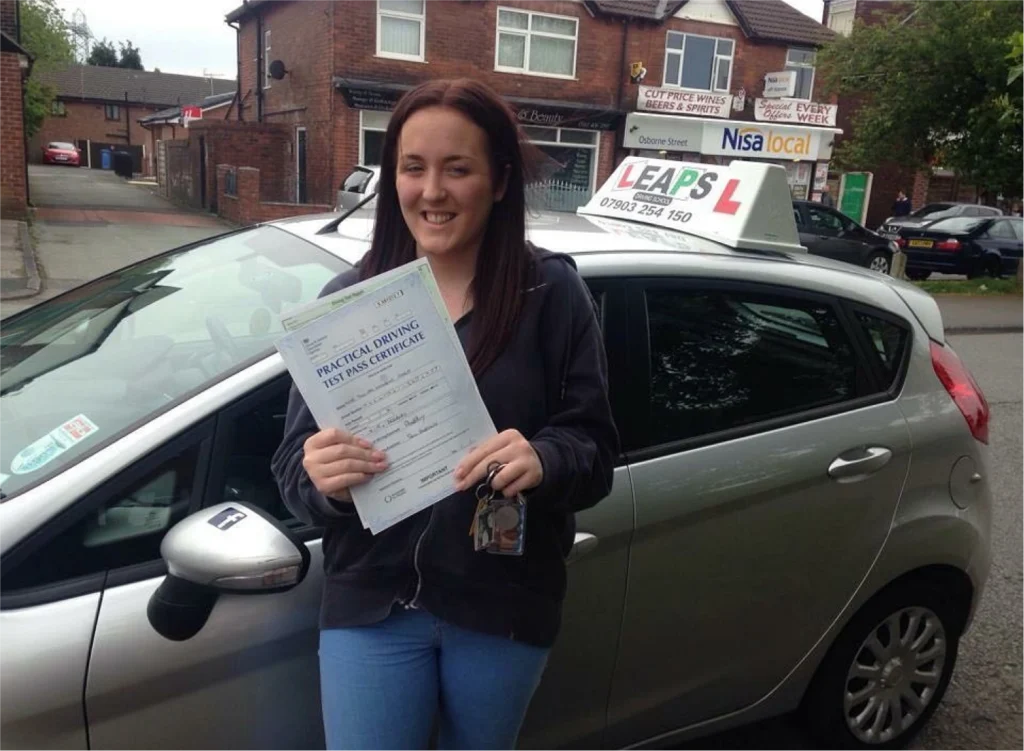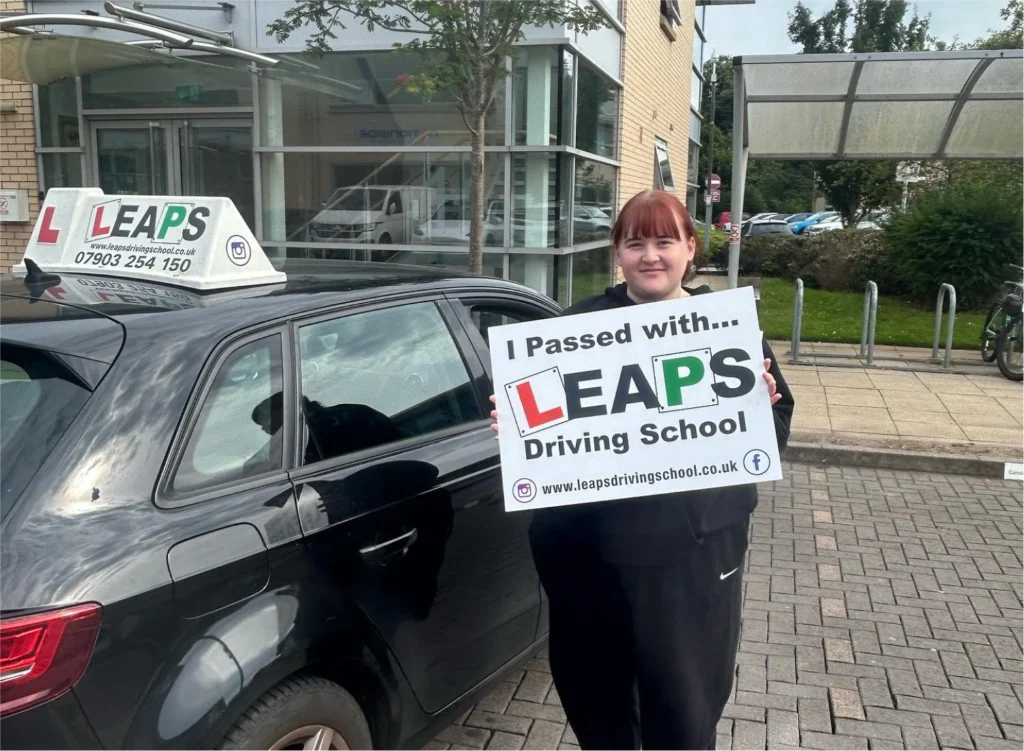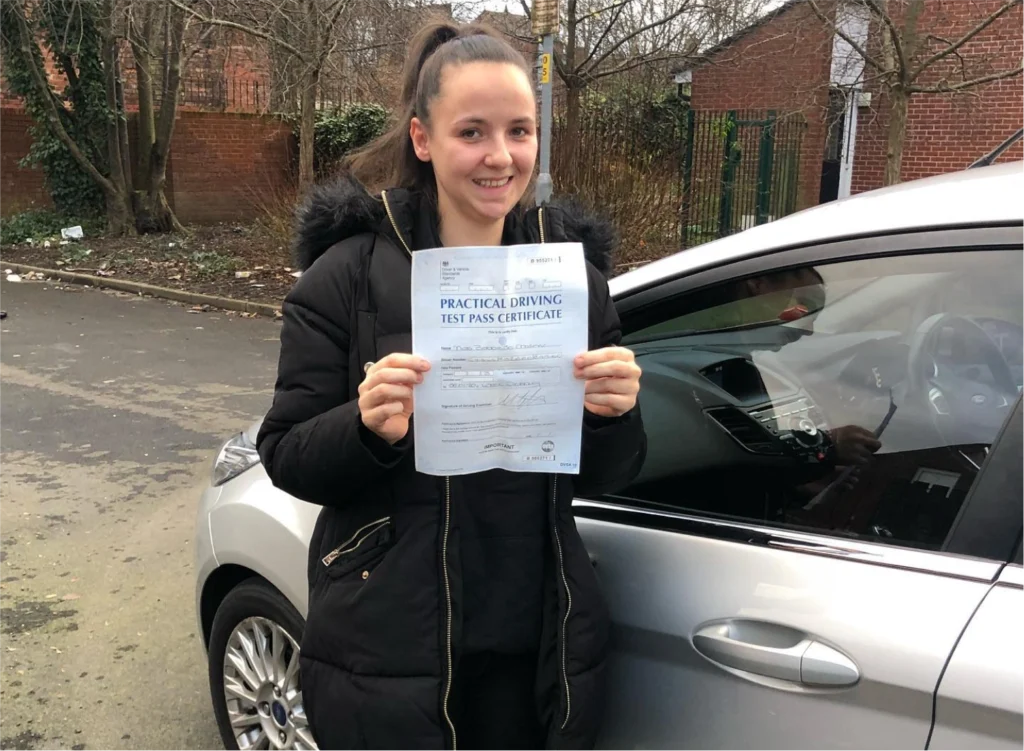
Single Post
- Home
- Single Post
Handling Nerves on Your Test Day

Feeling nervous before and during your driving test is normal, but excessive nerves can impact your performance. It is important to develop strategies to manage this stress and maintain focus throughout your test. Simple techniques such as deep breathing exercises or listening to calming music before the test can significantly help in reducing anxiety.
Ensure you have a good night’s sleep before the test day and avoid caffeine-heavy drinks that might amplify your nervousness. Arrive at the test centre early to acclimatise yourself to the environment. Familiarity can breed confidence. It might also be beneficial to have a driving lesson shortly before your test to settle any last-minute nerves.
During the test, if you feel overwhelmed, it’s acceptable to take a moment. You can pull over in a safe place, if necessary, to collect your thoughts. Remember, the examiner understands that you are nervous and making a minor mistake does not necessarily mean a fail. Stay calm, keep focused, and carry on.
The Importance of Mock Driving Tests
Mock tests are a critical part of preparing for your actual driving test. They simulate the test environment, allowing you to experience the format and pressure of the real test under controlled conditions. This can be instrumental in identifying your strengths and areas for improvement.
Driving instructors often use mock tests as a tool to assess readiness and adjust teaching strategies accordingly. These tests provide a realistic assessment of how you might perform under test conditions, giving you both the confidence and a benchmark against which to measure your progress.
Another advantage of mock tests is that they help to familiarise you with the feeling of being assessed. This familiarity can reduce anxiety on the actual test day, making it easier to perform under pressure. It’s beneficial to have several mock tests as part of your preparation strategy, gradually introducing different routes and driving conditions to broaden your experience.
Navigating Busy Manchester Intersections
Manchester’s busy intersections can be daunting for even experienced drivers. Key intersections like the one at Deansgate and Whitworth Street can be particularly challenging due to their high volume of traffic and the presence of multiple traffic signals and junctions. Mastery over such intersections comes from understanding traffic flow and having good situational awareness.
To navigate these effectively, it’s important to keep a steady pace, use the correct lane early, and be vigilant about the indications and movements of other road users. Anticipating the actions of pedestrians and other vehicles becomes a valuable skill in such scenarios. Practising during different times of the day can expose you to varying levels of traffic, enhancing your adaptability.

Moreover, using a sat-nav during practice sessions can help you get used to following directions in real-time while managing vehicle control and observation. This skill will be beneficial not just for the test but also for your overall driving future in busy urban environments.
About Us
Leaps Driving School is dedicated to helping learners of all levels gain confidence, skill, and independence on the road. With experienced, DVSA-approved instructors, we offer tailored driving lessons in both manual and automatic vehicles
Recent Post



Subscribe Our Newsletter
Leaps Driving School is dedicated to helping learners of all levels gain confidence, skill, and independence on the road. With experienced, DVSA-approved instructors, we offer tailored driving lessons in both manual and automatic vehicles
Quick Links
Location
Copyright © 2025 Leaps Driving School, Powered By Fast Ranking